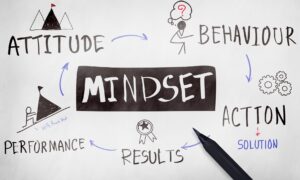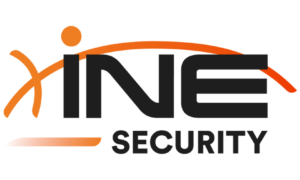In today’s rapidly evolving global landscape, organizations are recognizing the importance of diversity, equity, and inclusion (DEI) more than ever before. DEI is not just a buzzword; it’s a strategic imperative for fostering innovation, improving employee morale, and ensuring sustainable growth.
DEI training plays a pivotal role in achieving these objectives by educating employees and leadership on the principles of diversity, equity, and inclusion. This article delves into the world of DEI training, providing a comprehensive guide that covers its definition, importance, components, challenges, best practices, and future prospects.
Defining DEI Training
Diversity, equity, and inclusion training, often referred to as DEI training, is a structured program or initiative within an organization aimed at promoting diversity, equity, and inclusion among its employees. It’s an educational process that seeks to raise awareness, cultivate understanding, and develop skills and behaviors that promote an inclusive work environment.
Importance of DEI Training
Fosters Inclusivity: DEI training is a critical tool for creating an inclusive workplace where individuals of all backgrounds feel valued, respected, and included. It helps dismantle stereotypes, biases, and prejudices, fostering an environment where everyone can contribute their best.
Drives Innovation: Diverse teams are more innovative and creative. DEI training encourages diverse perspectives and ideas, which can lead to breakthrough innovations and solutions.
Attracts and Retains Talent: Companies that prioritize DEI are more attractive to top talent. DEI training is an essential part of talent retention and recruitment strategies.
Legal Compliance: DEI training helps organizations comply with anti-discrimination laws and regulations, reducing the risk of legal disputes.
Enhances Reputation: Organizations that invest in DEI training demonstrate a commitment to social responsibility, which can enhance their reputation among customers, investors, and partners.
Components of DEI Training
Awareness Building: DEI training often begins with raising awareness about the importance of diversity, equity, and inclusion. This may include workshops, seminars, or online courses that highlight the business case for DEI.
Unconscious Bias Training: Unconscious biases are deeply ingrained stereotypes that can affect decision-making. DEI training often includes sessions on recognizing and mitigating these biases.
Inclusive Leadership: Leadership plays a crucial role in shaping organizational culture. DEI training for leaders focuses on how to lead inclusively, set an example, and champion diversity initiatives.
Cultural Competency: Understanding and respecting different cultures is fundamental to DEI. Cultural competency training helps employees and leaders navigate diverse cultural backgrounds effectively.
Communication Skills: DEI training may include communication workshops that teach employees how to engage in respectful and inclusive dialogue.
Employee Resource Groups (ERGs): ERGs are often integrated into DEI initiatives, offering a space for employees to connect, share experiences, and contribute to DEI efforts.
Challenges in DEI Training
While DEI training is essential, it is not without challenges:
Resistance: Some employees may resist DEI training, perceiving it as forced or unnecessary. Overcoming resistance requires effective communication and clear messaging about the benefits of DEI.
Lack of Standardization: DEI training programs vary widely in content and quality. The lack of standardized curricula can result in inconsistent outcomes.
Measuring Impact: Measuring the effectiveness of DEI training can be challenging. It’s crucial to establish clear metrics to assess its impact on workplace culture and employee behavior.
Sustaining Momentum: DEI is an ongoing process, and training is just one component. Maintaining momentum and preventing DEI efforts from becoming mere check-the-box exercises can be a challenge.
Best Practices in DEI Training
Leadership Buy-In: DEI initiatives must have visible support from top leadership to be successful.
Tailored Programs: DEI training should be customized to meet the unique needs and challenges of the organization.
Inclusivity: Ensure that DEI training includes all employees, including those at remote locations.
Constant Learning: DEI instruction shouldn’t be done just once. It need to be a continuous procedure that changes as the company does.
Evaluation and Feedback: Regularly gather feedback from participants and adjust training programs accordingly.
The Future of DEI Training
The future of DEI training is promising as organizations increasingly recognize its importance. Here are some potential trends:
Technology Integration: The use of AI and data analytics to personalize DEI training programs for individual employees based on their needs and biases.
Virtual Reality (VR): VR could be used to create immersive scenarios that simulate real-world diversity and inclusion situations, allowing employees to practice and learn in a safe environment.
Cultural Competency on a Global Scale: As companies become more global, DEI training will expand to include cross-cultural competency as a key component.
External Partnerships: Organizations may collaborate with external experts and organizations to enhance the quality and impact of DEI training.
Conclusion
DEI training is not just a moral imperative but a strategic advantage for organizations in today’s diverse world. By fostering inclusivity, reducing biases, and promoting cultural competency, DEI training paves the way for innovation, talent attraction, and improved reputation. While challenges exist, best practices and emerging trends offer a path forward to a more equitable and inclusive future in the workplace.


































